Fraser T Smith: “We’ll look back on stereo like we do black and white TV”
The producer and artist shares the story behind his zeitgeist-splicing Future Utopia project and how he’s using spatial audio to rewrite the live music experience.
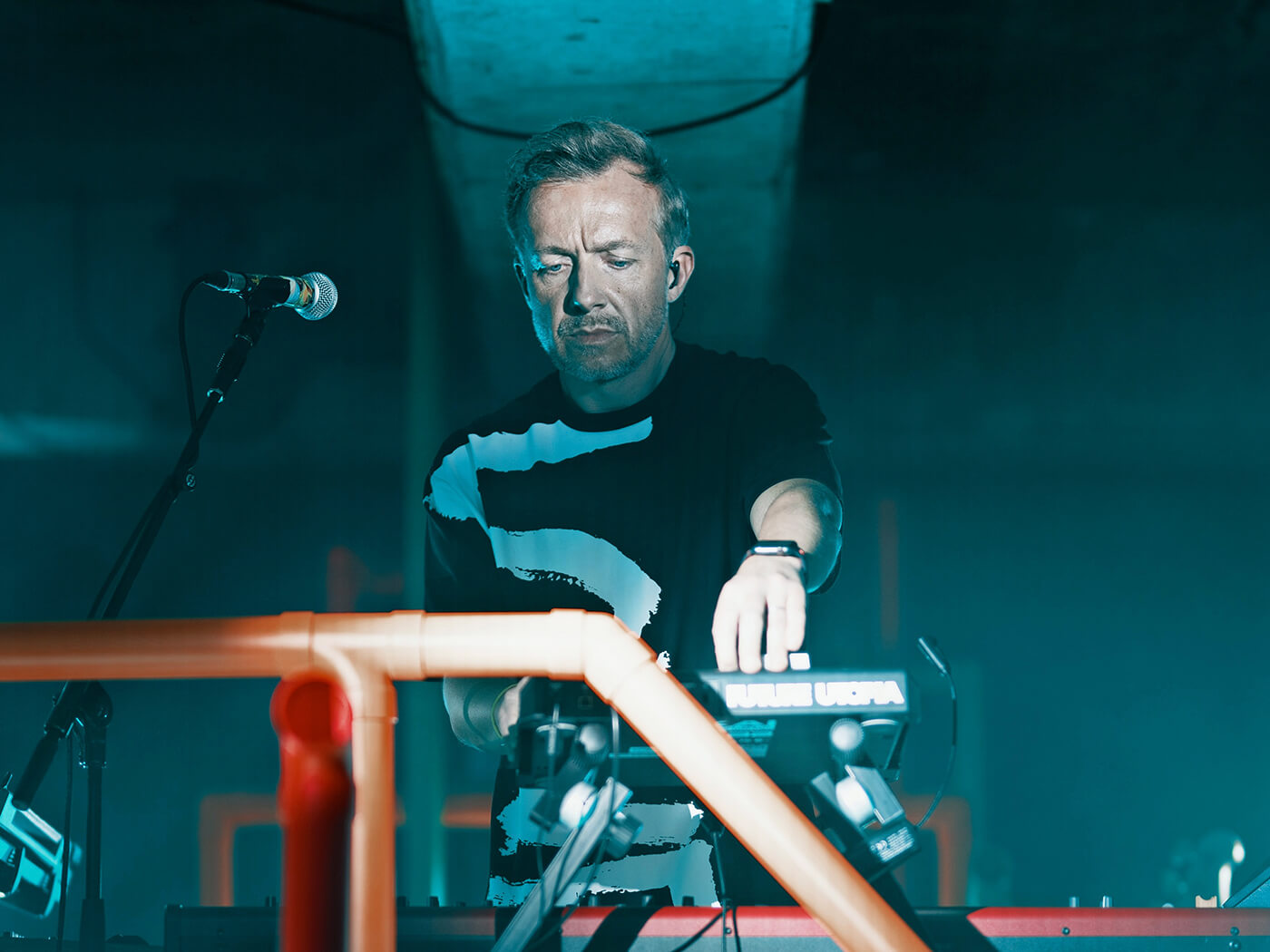
“I really think we’ll be looking back at stereo sound in the same way we view black and white TVs now we’ve found colour. With spatial audio, we’re on the verge of something really new and exciting.”
Grammy Award-winning artist and producer Fraser T Smith is discussing his debut live outing as Future Utopia and the spatial audio technology he’s embraced to bring his music to life. He’s no stranger to anticipating the future. From working closely with the likes of Adele to pioneering rapper Dave and UK grime hero Stormzy, Fraser’s musical projects have continually pushed things forward, redefining our contemporary sonic world via a 20-plus year career shining with number one albums, industry awards and critical success.
Now working under the guise of Future Utopia, a creative vehicle for his work as an artist, he released a debut album 12 Questions in 2020, a kinetic collection of tracks interrogating the mysteries of our modern world. Packed with guests such as Dave, Stormzy, Arlo Parks and former Black Panther Albert Woodfox, Fraser has followed the release with a socially distanced live show at the fittingly titled Bold Tendencies venue in Peckham. The performance saw him using the spatial audio technology of the d&b Soundscape to offer an immersive live experience for those present.
“The advances in spatial audio, Dolby Atmos and Soundscape are so exciting at the minute,” says Fraser of the performance, which showed off the depth of his collaborations with former poet laureate Simon Armitage and Kojey Radical appearing.
“We’re so used to vocals and any low frequencies in the centre of the sound and everything panning out from there. With this, we can place sound anywhere we want, and it’s exciting to see if vocals feel more emotive if they’re coming from behind you or to the left or right. All these possibilities have yet to be realised.”
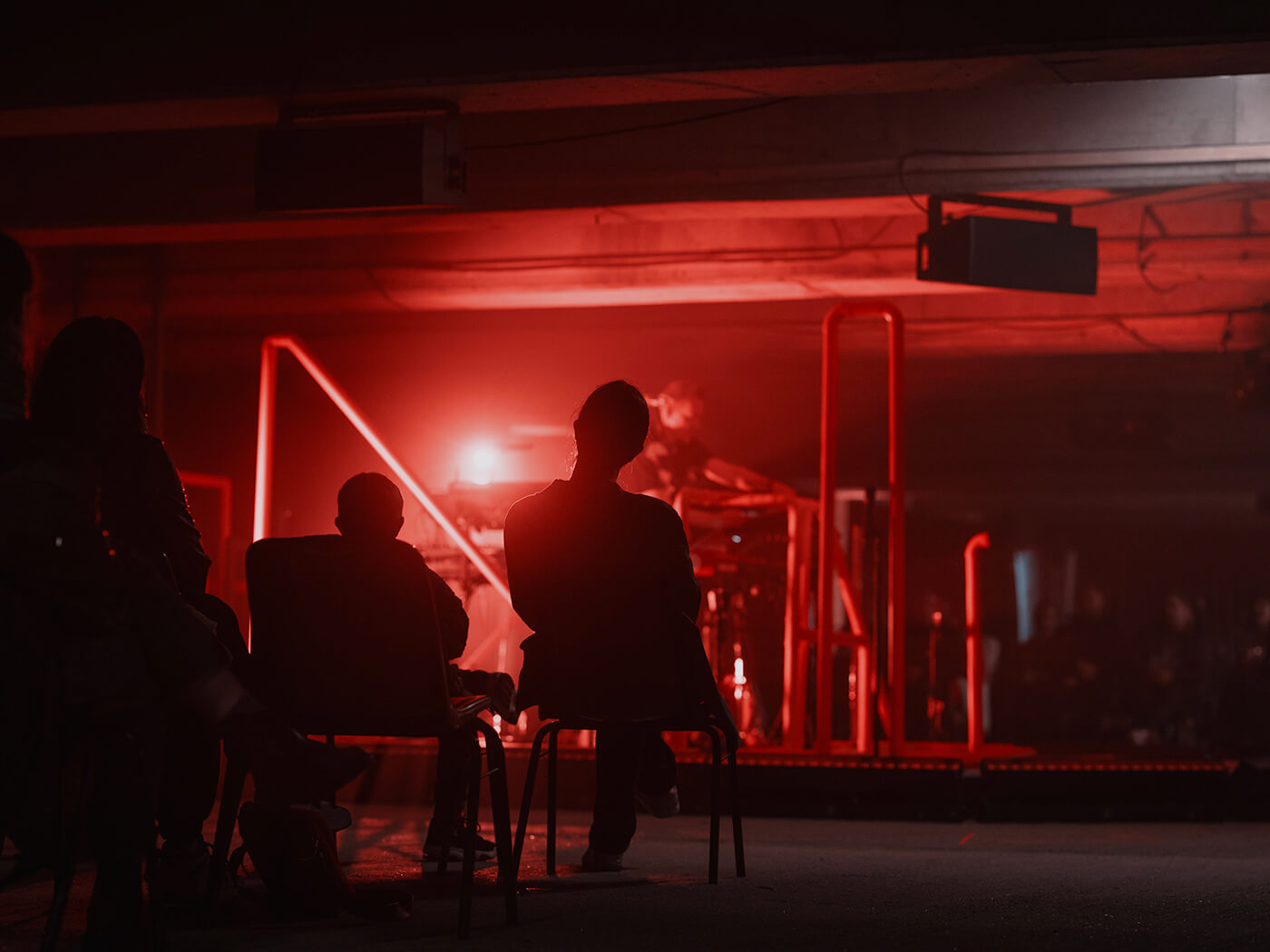
12 Questions
12 Questions was unveiled last year in the midst of the pandemic, and Fraser has been itching to present this record in a live setting ever since. With an exciting cast of characters on board, he believes the album’s success stems from its authenticity, his extensive studio experience and the efforts channelled into it.
“I flew to New Orleans to speak with Albert Woodfox and crafted the tracks with the best instruments and recording techniques I could gather from what I’ve learned in the last 20 years,” he explains. “Hopefully, the love for the subjects and sounds, alongside the attention to detail and the knowledge I’ve gained from working with so many incredible artists in my career, shines through.”
Following years of working as a producer for others, Fraser saw the record as an opportunity to pour his whole creative self into the 12 tracks, totally embracing his own musical aesthetic.
“It was incredibly freeing creatively to make something that was all me,” he laughs. “I felt like I had this music inside me. I’m not the sort of producer who will stamp everyone’s records with my chords, sound and beats; it’s more like ‘how can I help you?’ So for me, this album was all about being able to express myself fully.”
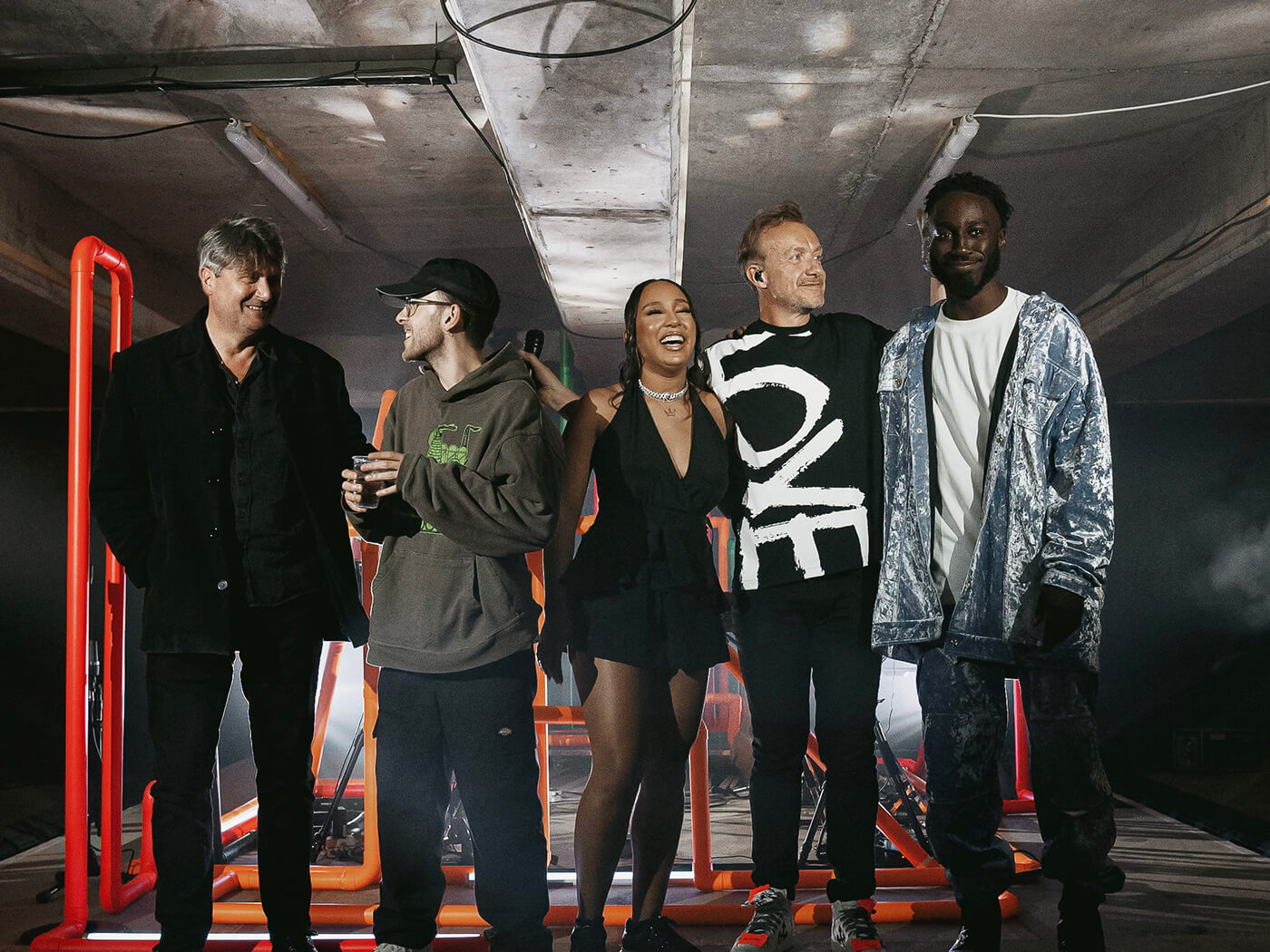
Soundscape tech
Used previously by fellow audio aficionados Björk and Imogen Heap, d&b Soundscape allows sound designers, engineers and artists to work with multidimensional source placement and acoustic room simulation to create an immersive audio experience.
In traditional live scenarios, sound comes from two groups of speakers on either side of the stage in a stereo solution. Although this has offered great results, there are some limitations with the sound only achieving so-called ‘perfection’ for those equidistant from both sets of speakers. With d&b Soundscape, each listener perceives each sound source, whether it’s the artist’s voice or an instrument, to come from exactly where it is located to offer a more consistent musical experience. For Fraser, this tech allowed him to explore a performance that goes far beyond mere album playback.
“I wanted to reimagine the sound and progress into a new realm,” he states. “So interpreting the songs in a more electronic way, which I could actually play back. The record is so orchestrated and arranged – there are live drums, bass, strings and horns – I wanted to take this live reimagining into a different world.”
The live setup is based around running live stems through Ableton, then Fraser has the opportunity to trigger sounds. He also uses an Akai MPD 32, Roland SPD drum pads and a Moog Voyager, among his other pieces of gear.
“People’s ears will become accustomed to such amazing imagery sonically from the headphones that when they go to a traditional live gig, it will feel really disappointing if you haven’t got this surrounding sound.”
“I’m playing all this live on the top, so it’s a hybrid set up of musicianship and electronica, but even the latter is triggered live, so there’s a lot of fluidity to it,” he says.
With the album featuring so many collaborators, Fraser was keen for the performance to celebrate them, the front-of-house engineers, and the location of sound via d&b. He views the event as a real collaboration, and with Apple committing to spatial audio on both Apple Music and Logic, Fraser thinks this kind of live music experience will increasingly become the norm.
“People’s ears will become accustomed to such amazing imagery sonically from their headphones that when they go to a traditional live gig, it will feel really disappointing if you haven’t got this surrounding sound.”
“Then you can come back to creatives like me, and suddenly we’re thinking about sound in 360 degrees. You have all this sonic real estate to play with, which is so exciting.”
The performance itself took place in Bold Tendencies, a car park in Peckham, which created other exciting challenges and thematic shades.
“The venue was pure concrete, but I was able to enjoy seeing it lit brilliantly and how iconic it actually was. There was something dystopian about it with my gear set up around this Noise Matrix sculpture made by my wife, Sarah.”
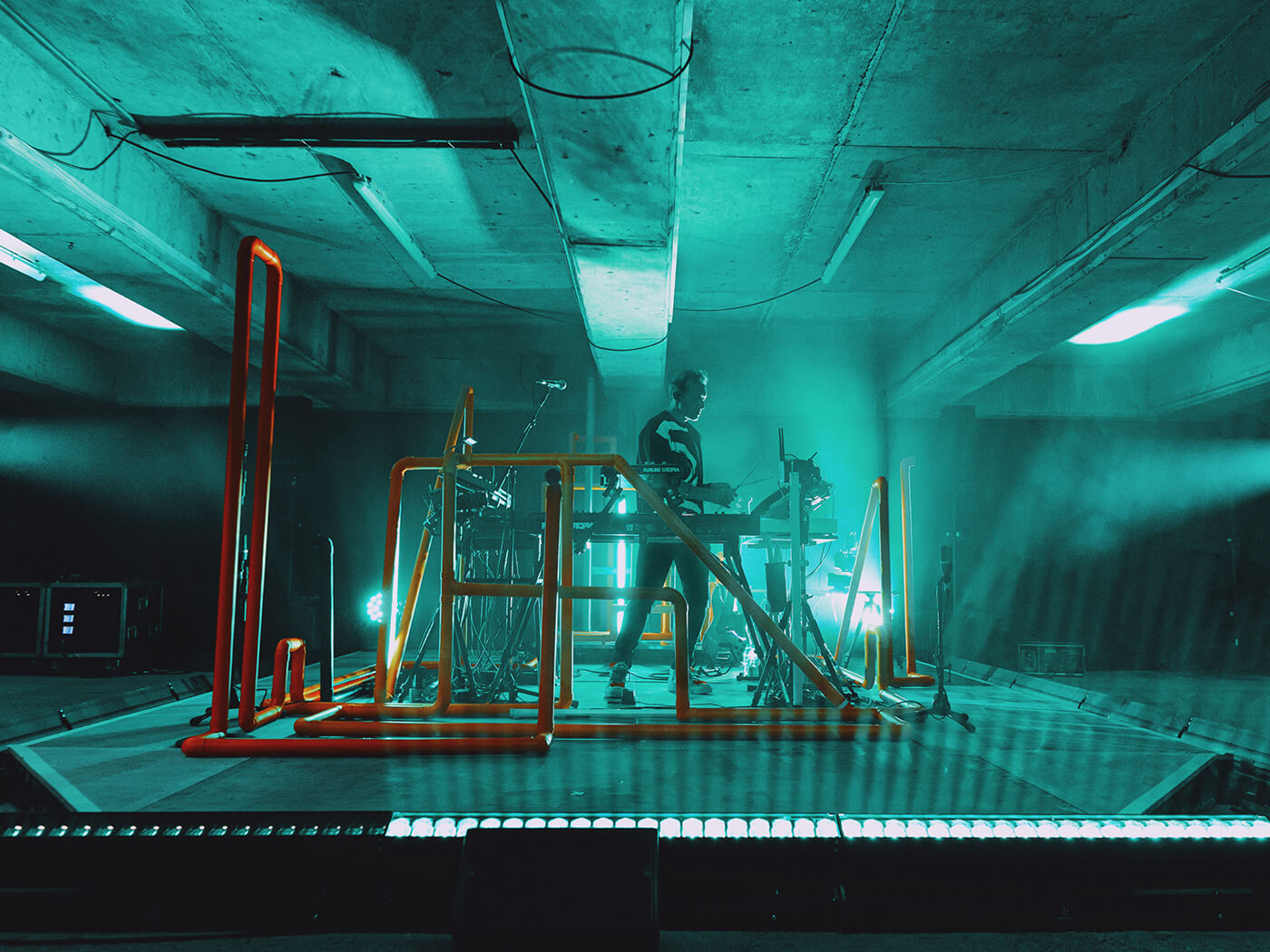
Future Utopia
Some of the record’s themes have taken on extra layers of meaning because of how the pandemic has impacted our lives.
“The bulk of the album was there before lockdown, but the resonance of some of the questions such as ‘What’s the Cost of Freedom?’ Is more open to interpretation now,” states Fraser. “I asked Albert Woodfox, who was locked up for 44 years and gave the most incredible answer around taking your views and making them a reality. I gave that to Kano, and he interpreted it from his side of being inside during the pandemic.”
Fraser also loves the idea of concept albums: ambitious records where creatives have much more freedom to explore their artistry in greater depth.
“Some people have tried to tell me it’s a seventies idea, but Psychodrama by Dave is a real concept album, so is Gang Signs and Prayers,” he explains.
“I love the idea of all these tracks hanging together, and I think most artists aspire to make a body of work like this. I’m lucky to have been behind some albums that have done very well and hope those records will be looked at as classics. People will have different favourite tracks, but you get a certain sense of freedom with a long-player. You can put a 30-second song on there or an 11 minute one like Lesley on Psychodrama – you can be as expansive or as reductive as you want.”
The producer
As producer of choice for Kano, Dave and Stormzy, Fraser is a creative mentor, helping these artists realise their musical ambitions and create landmark albums. He’s modest about his contribution, but there’s no doubt that there’s something magical about the relationships he’s forged. Fraser’s role is different in each case, but there are some unifying threads binding these projects together.
“One of the common things when working with artists is to provide a safe space for them in which they can express themselves without judgement. I’m there to establish a rapport so they understand that I’m there for the good of the music, and I can have honest conversations.”
Fraser’s previous experience as a session guitarist, his understanding of gear, and how to make things sound good quickly has stood him in great stead.
“With Dave, he’s such a great musician, whereas with Stormzy, he always has this vision – ‘let’s put a harp on this grime track’. My job is to try and translate these incredible ideas into something that would work on a record. With Kano, he’s so musical, he’d jam on the MPC drum machine, and I’d be playing keys a lot of the time. Ultimately, every relationship is very different but based on experimentation and instinct. This is the most powerful aspect.”
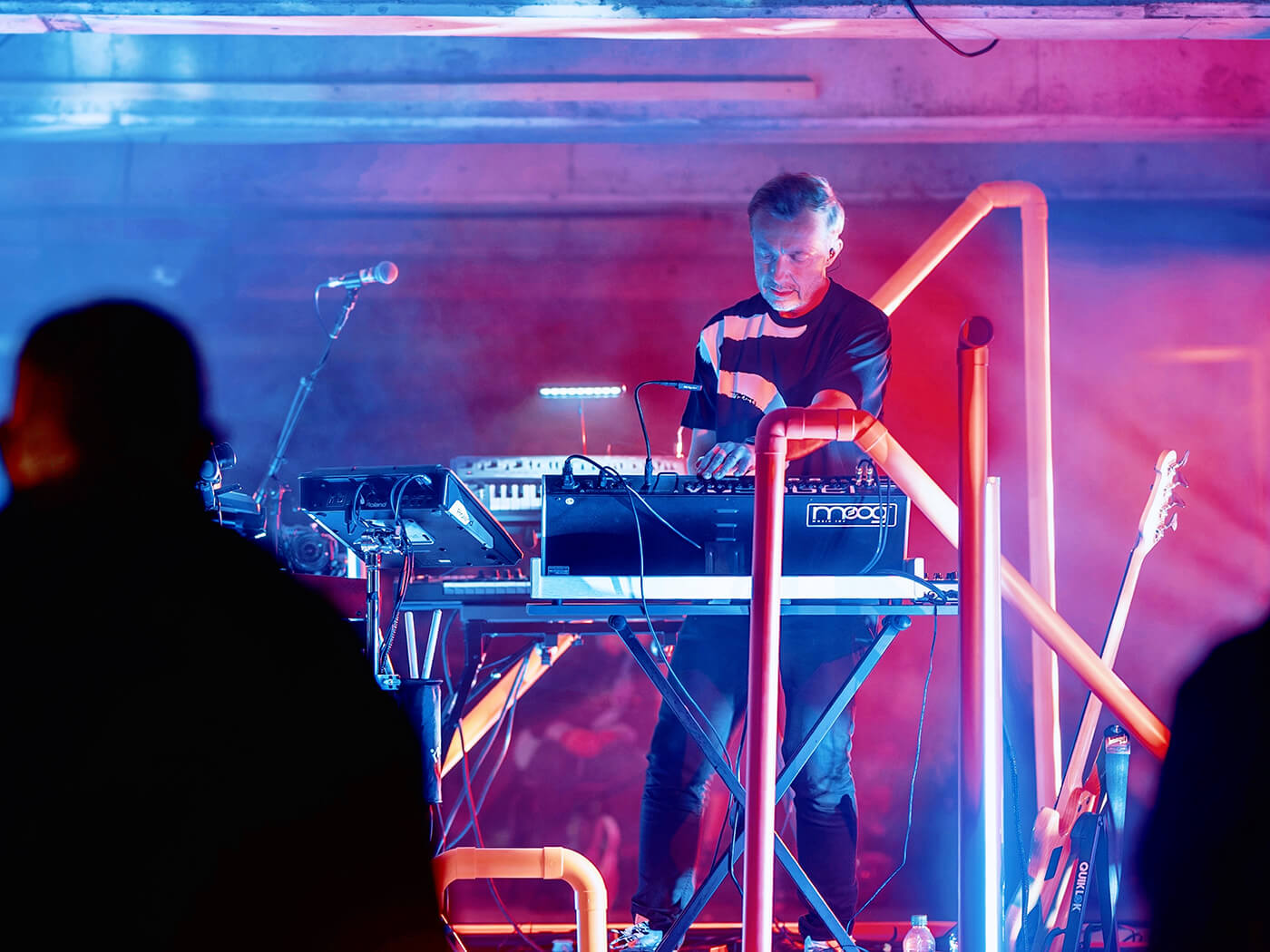
Gear
Fraser works primarily out of his own studio, and despite being a tech-enthusiast, he tries to avoid getting hooked on specific pieces of equipment. For him, upgrading what you use is an effective way of discovering new sounds and creative areas. At the same time, there are some pieces he loves.
“I was lucky enough to meet Eric Valentine, who creates the UnderTone Audio gear. He built this desk for me, and I use his preamps for everything. There’s something about the sonics of that. It has a very detailed imprint sonically with this lovely warm, punchy low end, but a very clear top end that isn’t harsh.”
For Fraser, the needs of the artists dictate what direction he goes with his equipment and tech.
“Ultimately, when you work with Adele, it’s like, ‘how does the vocal sound?’” he says. “You’re after clarity in the meaning and emotion, so the vocal chain is really important.”
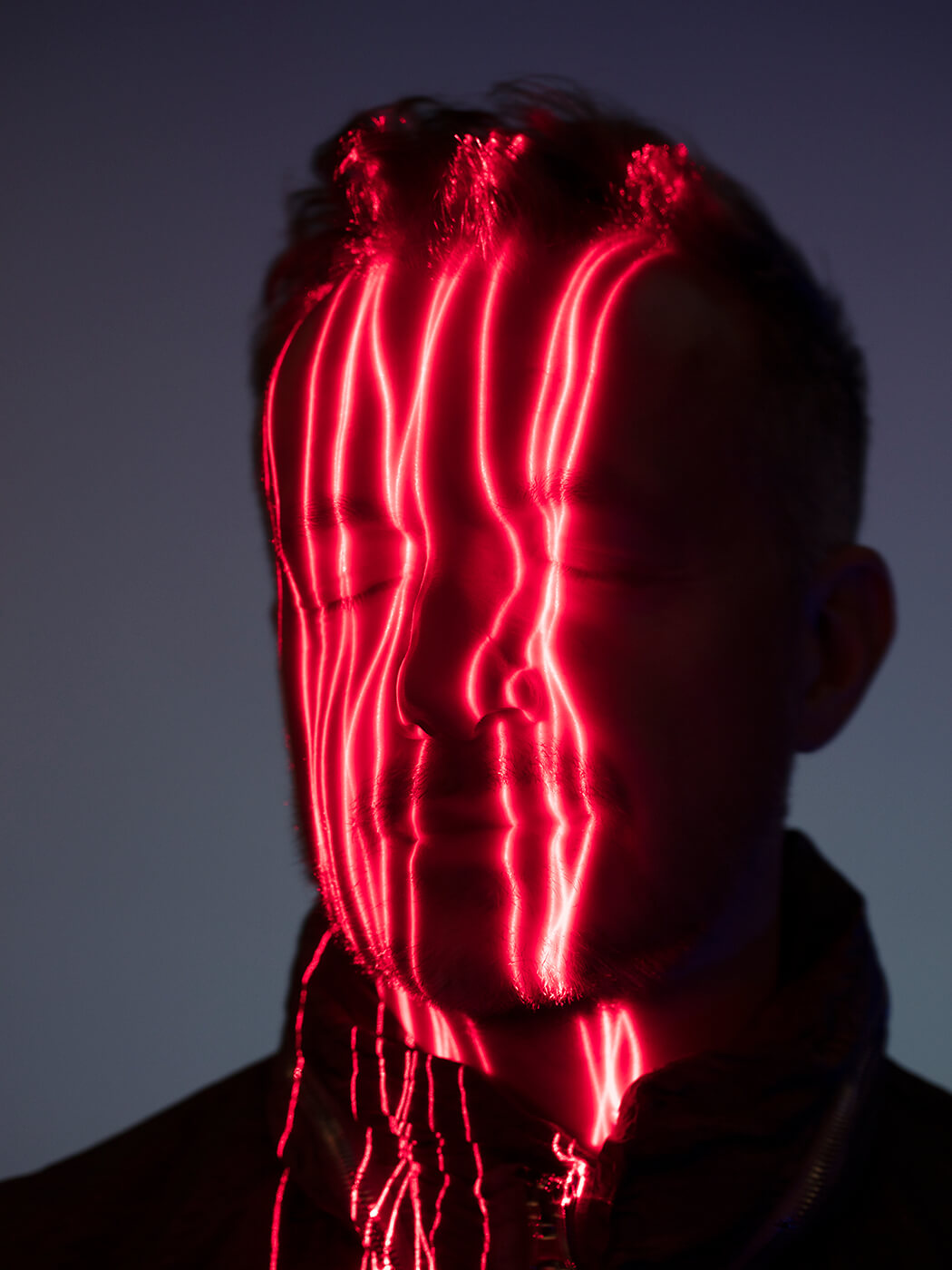
Production wisdom
When it comes to advice for aspiring studio heads, Fraser suggests dipping into records by the great producers and artists and mining for ideas and pointers within them.
�“There’s so much richness out there to delve into. Learning how the older generations made music and seeing if you can use any of their processes in yours is a great way to take it forward,” he says.
He also believes doing your research and measuring your output against your favourite records provides a benchmark of quality to aim for.
“Having an honesty to your art and being self-critical can be very important,” he states. “If you’re making a hip-hop record, then put on something from Dr Dre’s 2001 and ask yourself whether your kick drum is good enough. Is the snare hitting in the same way? If you put on a Dre track and you realise that ‘Oh, I’m actually nothing – I’m not even a speck of dirt on that guy’s shoe’, then go into it further. Learn his techniques and play around. That desire for progression coupled with honesty is a good combo.”
Embrace the future
With the first live show now under his belt, Fraser is keen to continue adding to his experiences as Future Utopia despite being a self-confessed introvert,
“I love being in the studio on my own. Although I had a burning desire to play live, if I started to think about it too much, then it became terrifying,” he laughs. “I had to remind myself I was really well-rehearsed, and as it came down to it, it was brilliant. It was right to be apprehensive but to do it and see it all come together was amazing.”
Despite being one of the world’s most in-demand and successful music producers, Fraser is hugely modest about his achievements and this new project.
“I don’t have any sense of entitlement around Future Utopia. I may have worked with Stormzy, and he may be on my record, but I realised I need to work for this. I’m a new artist, starting from scratch, so I’m hungry to get out there and take every opportunity that comes my way.”
He continues: “I’ve always loved music, but I don’t like repeating myself. I thought after Made in the Manor, Gang Signs and Prayers and Psychodrama that I was in danger of becoming a pastiche. But doing something different and taking a different path is what I’m all about.”
Future Utopia’s 12 Questions is out now. Listen to the latest single Freedom now. Visit frasertsmith.com for more information.